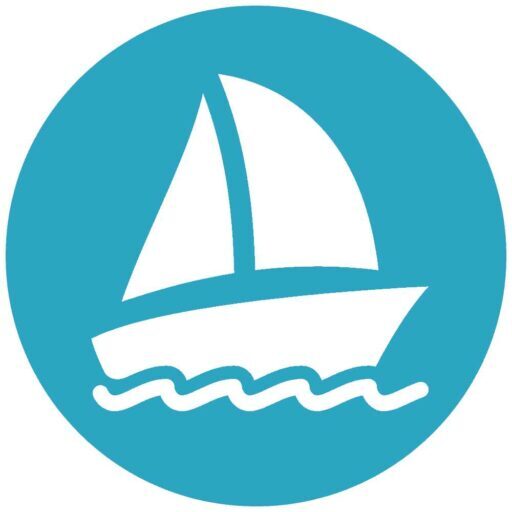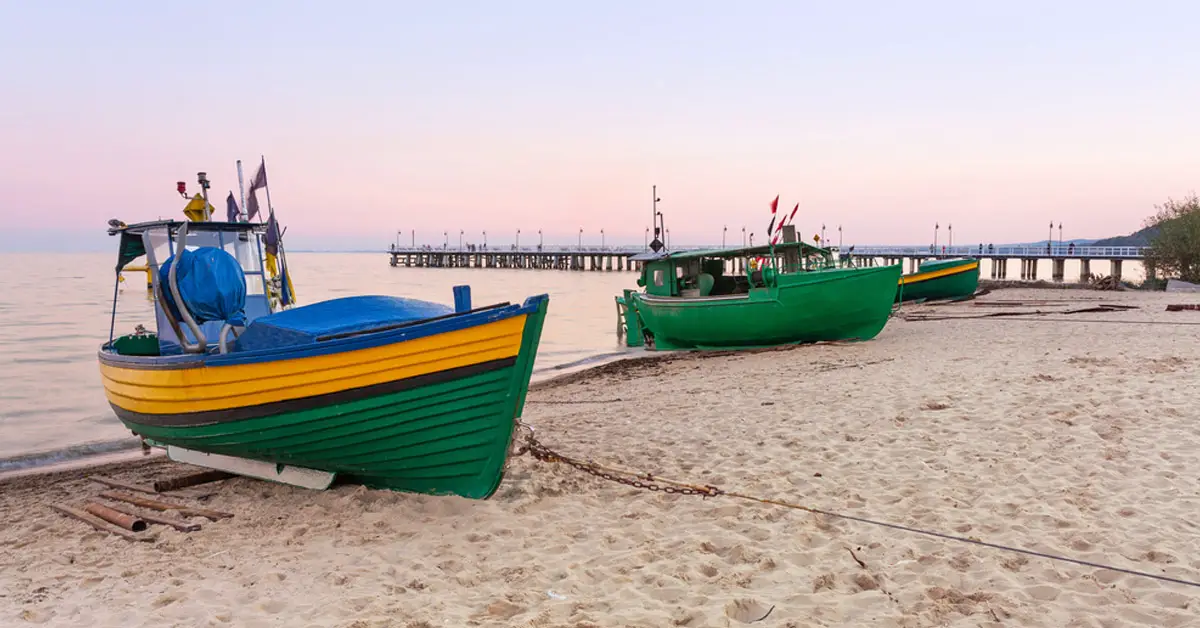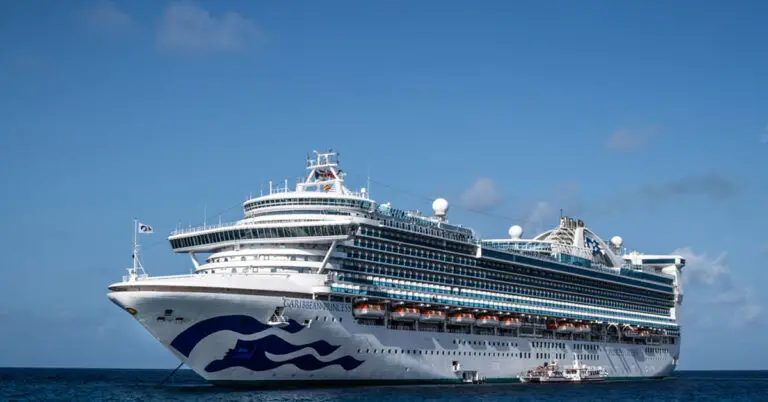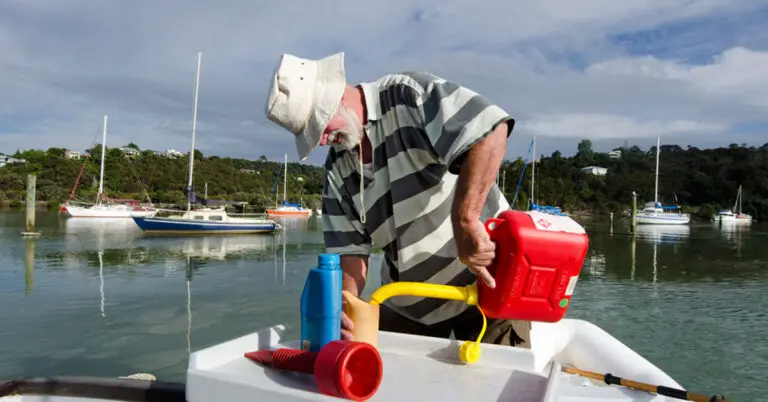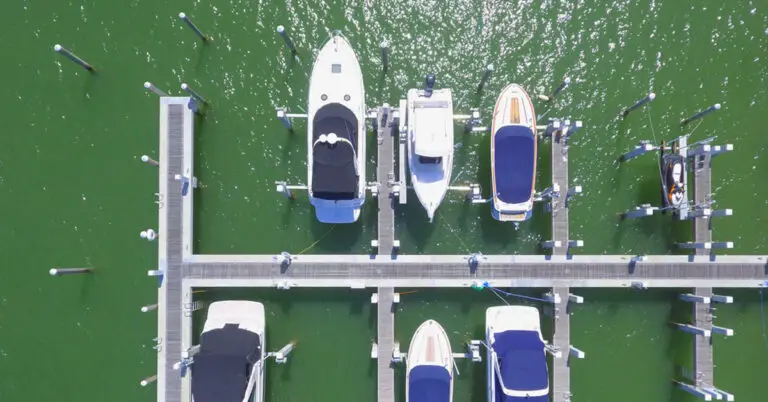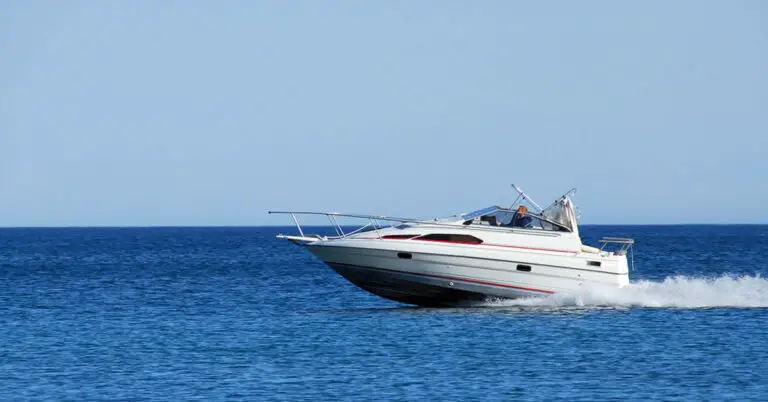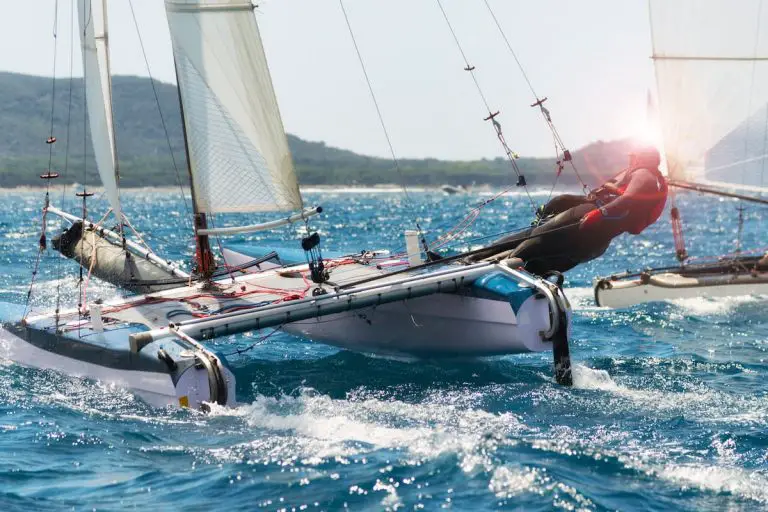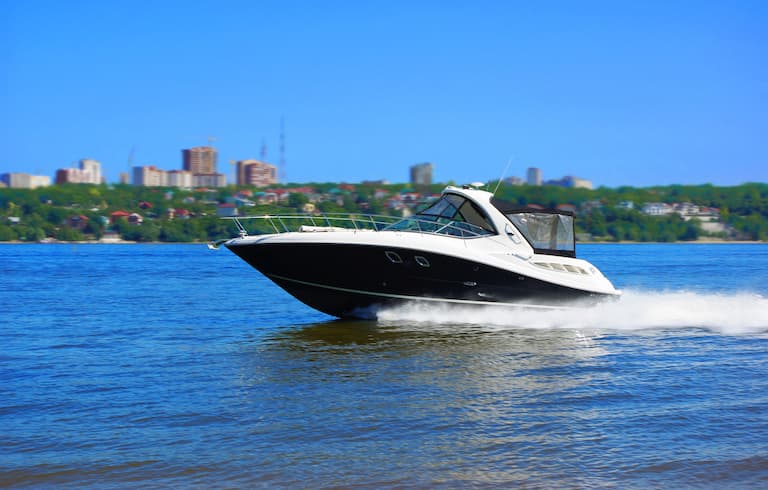The Importance of Tidal Awareness When Boating on Coastal Waters: Tips and Guidelines for Safe and Enjoyable Boating
Navigating the intricate dance of the tides is an essential skill for any coastal boater. Understanding the rhythm of the sea not only enhances the pleasure of your maritime journey, it significantly contributes to your safety.
This article is an essential read for every seafarer aspiring to master the ebb and flow of the ocean. We’ll discuss the significance of tidal patterns, how they influence boating experiences, and provide crucial guidelines for safe and delightful voyages on coastal waters.
Tidal awareness is crucial for boating safety and enjoyment. It helps in planning journeys, preventing grounding, and navigating effectively. Knowledge of tides enhances boating experiences by enabling optimal timing, avoiding hazards, and ensuring a smoother, safer trip on coastal waters.
Tides are the lifeblood of the sea, a constant cycle of rising and falling waters. They are an invisible hand guiding the course of all marine life and a powerful force that can shape your boating experience. But how well do we understand these tidal shifts? How can we use this knowledge to enhance our boating safety and enjoyment?
From providing insights on the best times to embark on your journey to offering navigational safety tips in different tidal conditions, this comprehensive guide will illuminate the importance of tidal awareness in boating. Get ready to dive deep into the world of tides, currents, and waves, where safety and fun to ride on the same wave.
Understanding the Science of Tides
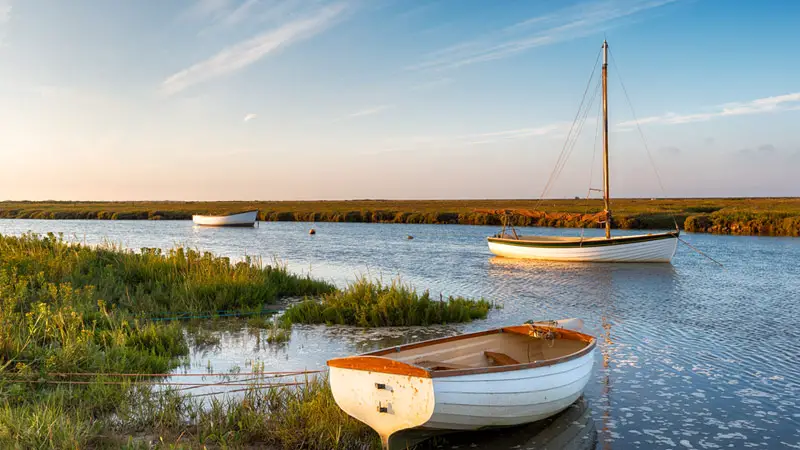
The science of tides is a fascinating and complex oceanography area with significant implications for boating on coastal waters. Tides result from gravitational forces exerted by the moon, the sun, and the earth’s rotation.
The gravitational pull of the moon, being closer to the earth, has a stronger effect, causing the ocean’s water to ‘bulge’ out in the moon’s direction. As the earth rotates on its axis, the areas of the globe passing through these bulges experience high tides.
However, the science of tides goes beyond the simple gravitational interaction. The shape and depth of the ocean basins, the configuration of the coastline, and the earth’s tilt and rotation all play a part in determining the size and timing of tides. These factors cause considerable variation in the tidal patterns around the world.
Some coastal locations have two nearly equal high and low tides daily, known as a semi-diurnal tide. Others experience a cycle of one high tide and one low tide daily, a diurnal tide. Yet some places have mixed tides—two tides a day that are uneven, one high tide and one low tide. Understanding these tidal characteristics is crucial for safe and enjoyable boating.
The Influence of Tidal Shifts on Coastal Boating
Tidal shifts significantly influence coastal boating, affecting everything from the route you choose to the timing of your journey. High and low tides can alter water depths, influence currents, and even reveal or hide certain navigational hazards. Thus, understanding and predicting these shifts is critical for a safe and enjoyable boating experience.
- Navigation: Tidal shifts can greatly affect the water depth in certain areas, making some routes more or less accessible depending on the state of the tide. For instance, at low tide, certain areas may be too shallow for safe navigation, potentially leading to grounding.
- Currents: Tides are the main driver of coastal currents. The flow of water during a rising tide (flood tide) or falling tide (ebb tide) can significantly influence your boat’s speed and maneuverability, impacting fuel efficiency and travel time.
- Hazards: High tides might conceal obstacles like rocks or sandbars, while low tides could expose them, posing a risk to navigation.
- Mooring and Docking: Tidal shifts can affect docking and mooring. For example, a boat securely moored at high tide could end up aground when the tide goes out.
- Wildlife Interactions: Tides also influence the behavior of marine life, which can be an important consideration for boaters interested in fishing or wildlife viewing.
Predicting the Tides: Tools and Techniques
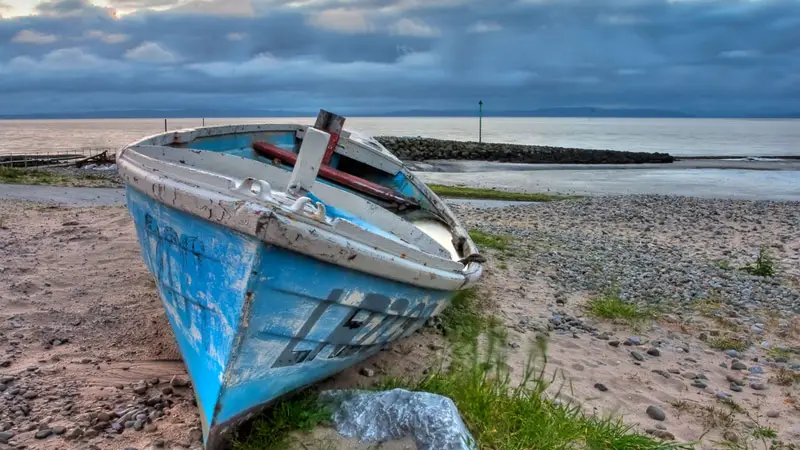
Predicting the tides accurately is essential for anyone involved in coastal boating. Thanks to the predictable nature of the celestial bodies involved in generating tides, it is possible to forecast tidal movements accurately. Here are some of the tools and techniques used to predict the tides:
- Tide Tables: These are the most common tools used for predicting tides. They provide information on the times and heights of high and low tides for a specific location and date. These tables are typically published annually and are available in print or online.
- Tidal Charts: Tidal charts offer a graphical representation of the tide’s rise and fall over time. They can help visualize the pattern of tidal movements, making it easier to understand the tide’s behavior throughout the day.
- Tidal Apps and Websites: Numerous smartphone apps and websites provide real-time tidal information. Some tools even offer notifications for specific tidal events, such as high or low tide.
- Tidal Prediction Software: For more advanced needs, there is software available that can predict tides based on various factors such as lunar cycles, the position of the sun, and local geographical features. This software can be particularly useful for long-term planning or areas where tide data is unavailable.
- Marine GPS Systems: Modern marine GPS systems often include tidal prediction features, providing real-time information about tides in the area where you are boating.
Regardless of your chosen tools or techniques, it is crucial to understand that predictions are just estimates. Local weather conditions, particularly atmospheric pressure and wind change can influence the tidal levels. Therefore, always observe the conditions around you while on the water.
The Role of Tidal Awareness in Boating Safety
The role of tidal awareness in boating safety cannot be overstated. Understanding and predicting tidal movements is crucial to avoid potential hazards and ensure a safe and enjoyable boating experience.
- Preventing Grounding: Understanding the state of the tide is critical to avoid grounding. Shallow areas that are safe to navigate at high tide may become hazards at low tide. By consulting tide tables or using predictive tools, boaters can plan their route to avoid these areas at low tide.
- Strong Currents: Tides drive coastal currents, which can become particularly strong during the transition from high to low tide, and vice versa. Awareness of these currents and their potential impact on the boat’s maneuverability is key to maintaining control of the vessel.
- Docking and Anchoring: Tides affect the water level relative to fixed structures like docks or mooring points. A boat securely tied up at high tide could be left hanging from its mooring lines or even grounded when the tide goes out. Similarly, anchoring without considering the tidal range may result in the boat drifting if the tide rises and there’s not enough anchor line (scope).
- Hidden Obstacles: High tide can conceal underwater obstacles like rocks or sandbars, while low tide may expose them. Knowledge of the local area and the state of the tide can help boaters avoid these hazards.
- Changing Weather Conditions: Tides can influence local weather conditions. For instance, incoming tides can cause fog in certain areas, reducing visibility.
Planning Your Boating Journey with Tidal Information
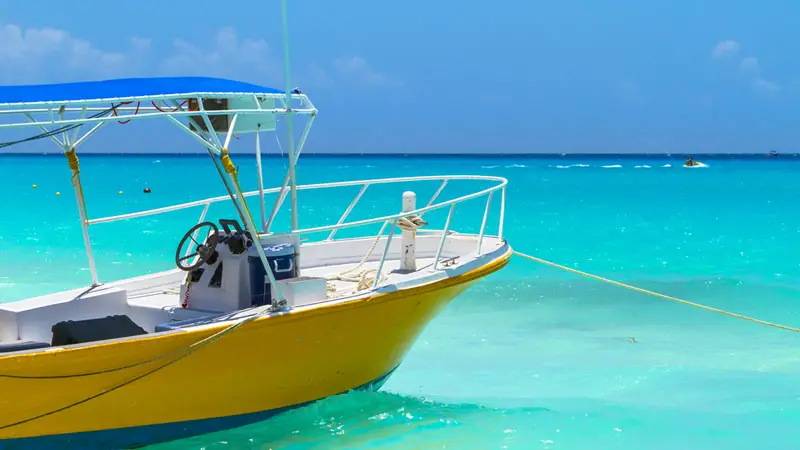
Incorporating tidal information can make your trip safer, more efficient, and more enjoyable when planning a boating journey. Here’s how you can incorporate tidal awareness into your planning process:
- Choose the Right Time: Tide tables can help you determine the best time to set sail. For instance, setting off at slack tide (the brief period around the high or low tide when the water is relatively still) can make for smoother sailing and easier navigation through narrow channels.
- Plan Your Route: Use tidal charts and depth information to plan your route. Consider the state of the tide at different points in your journey. Remember, areas that are deep enough at high tide may become shallow or even dry at low tide.
- Calculate Travel Time: Tidal currents can significantly affect your speed over the ground. Factor in the direction and strength of the tidal flow when estimating travel times.
- Determine Suitable Anchorage: Consider the tidal range in your chosen spot if you plan to anchor. Ensure there’s enough water at low tide and that your anchor line is long enough to accommodate the rising water level.
- Check for Tidal Events: Some areas may experience specific tidal events such as ‘spring’ tides (exceptionally high and low tides occurring during a full or new moon) or ‘neap’ tides (relatively smaller difference between high and low tides occurring during the first and third quarters of the moon). Be aware of these events when planning your trip.
- Consider Wildlife and Scenery: Tides can also affect the presence and behavior of marine wildlife and the visibility of certain coastal features. Check how tides impact these aspects if your trip involves wildlife watching or sightseeing.
Navigating Coastal Waters: Impact of High and Low Tides
Navigating coastal waters requires a keen understanding of the impact of high and low tides. The state of the tide can significantly affect the water’s depth, the strength and direction of currents, and the visibility of navigational hazards.
High Tides
During high tide, water levels rise, and this can have several impacts:
- Increased Access: Higher water levels can make certain areas more accessible, allowing you to navigate channels or inlets that might be too shallow during low tide.
- Hidden Hazards: While high tide provides more water depth, it can hide underwater hazards such as rocks, sandbars, or debris. Relying on nautical charts and local knowledge is crucial to avoid these hidden dangers.
- Docking and Mooring: High tides can make docking easier in some situations, providing more clearance under fixed structures like bridges or piers.
Low Tides
Low tides present different conditions to navigate:
- Reduced Clearance: During low tide, water levels drop. This reduction can limit access to certain areas due to insufficient water depth. It may also expose areas of the seabed, creating potential hazards for grounding.
- Exposed Hazards: Rocks, wrecks, and other underwater obstacles may become visible or closer to the surface during low tide, posing a potential risk.
- Docking and Anchoring: Low tide can complicate the docking process or leave a poorly anchored boat aground.
Avoiding Tidal Hazards: Tips for Safe Boating
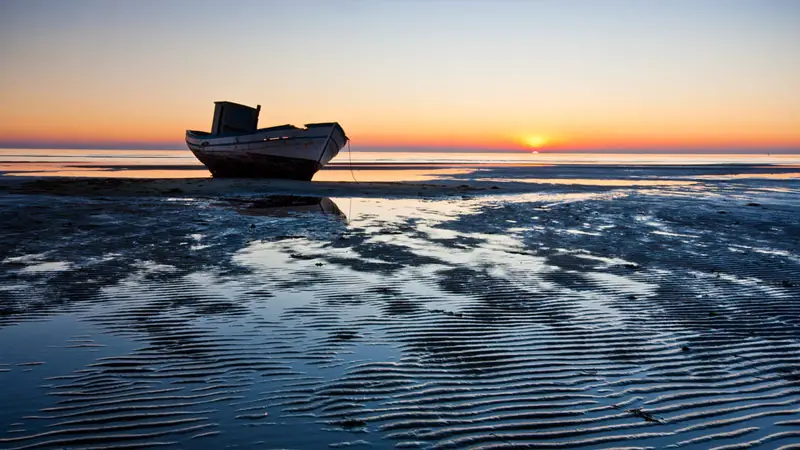
Navigating the ever-changing tidal waters requires a proactive approach to safety. Here are some tips to help you avoid tidal hazards and ensure safe boating:
- Study Tide Tables and Charts: Study tide tables and charts for your area before setting sail. Understanding when and to what extent the tides will change can help you avoid shallow areas or exposed hazards during low tide.
- Understand Local Conditions: Tidal conditions can vary greatly from place to place due to seafloor topography and coastal shape. Familiarize yourself with local tidal patterns and known hazards in the area.
- Use Navigational Aids: Use navigational aids such as buoys, markers, and GPS systems. They can provide valuable information about safe water depth, hidden hazards, and the correct navigational path.
- Keep an Eye on the Time: Remember, tides are a cycle. Always be aware of the tide’s time and state, particularly if you are in an area that could become hazardous at low tide.
- Monitor Weather Conditions: Weather can have a significant impact on tidal conditions. High winds can pile up water on shorelines, and changes in atmospheric pressure can cause sea levels to rise or fall. Keep an eye on the weather and be prepared to adjust your plans accordingly.
- Have a Plan: If you’re caught in an unexpected low tide, know what to do. This might mean knowing where deeper water is, understanding how to free a grounded vessel, or having the equipment to anchor and wait out the tide.
- Attend a Boating Safety Course: A boating safety course can provide valuable information and practical skills for dealing with various boating conditions, including navigating tidal waters.
